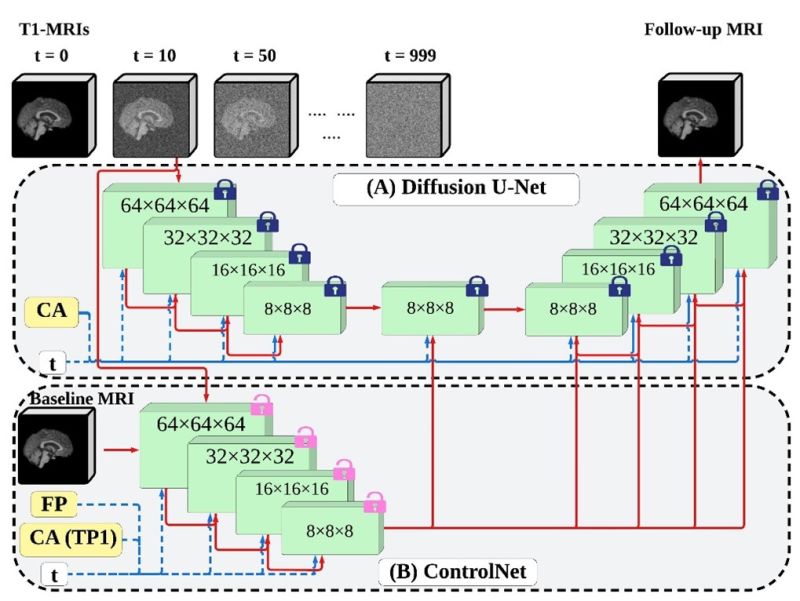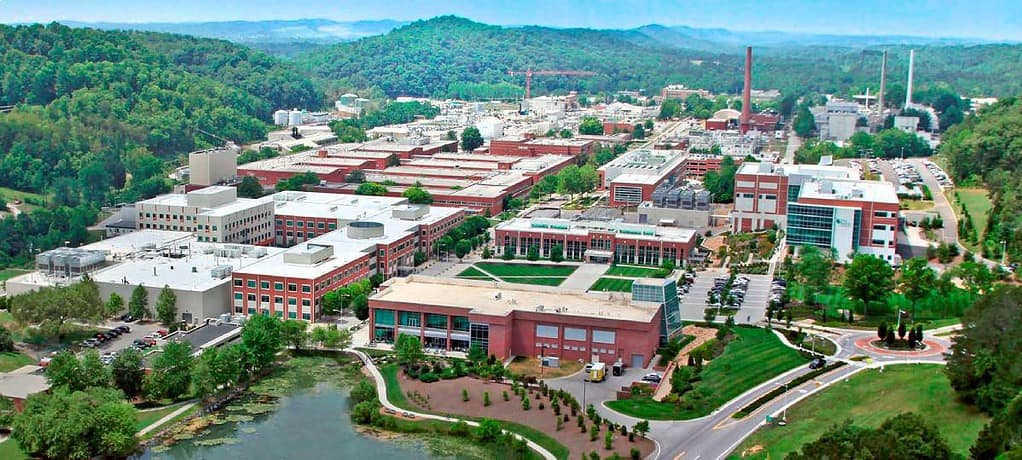To ensure the technology could be scaled up for commercialization, ORNL researchers made coin and pouch cell batteries using industry-standard processes at ORNL’s open-access Battery Manufacturing Facility.
Polyzos said the team pinpointed parameters for successfully incorporating the thinner material into the roll-to-roll production process, despite its being more prone to wrinkling. Other experimental current collectors have generally required expensive and complex manufacturing processes that are incompatible with standard roll-to-roll methods.
ORNL’s study results, published in Energy & Environmental Materials, highlight the potential of the metal-polymer current collector to “revolutionize the roll-to-roll battery manufacturing process and significantly advance the performance metrics of lithium-ion batteries in electric vehicle applications.”
Brian Morin, CEO of South Carolina-based Soteria, said ORNL has helped the company understand how to achieve rapid battery charging with the technology, despite increased physical resistance from the plastic film.
“We take 80% of the metal out, which makes it harder to do things quickly,” Morin said. “But they’ve shown that you can still get fast charge and discharge. Soteria’s testing has shown the polymer also makes the battery safer. If there is an internal short circuit that produces a brief rush of energy, it eats the plastic film, which pulls the metal away. Our current collector acts like a circuit breaker inside the battery and eliminates about 90% of lithium-ion battery fires caused by short circuits.”
The metalized polymer current collector research was funded through DOE’s Advanced Materials and Manufacturing Technologies Office, or AMMTO. Other ORNL researchers involved in the project include Sergiy Kalnaus, Sabine Neumayer, Wheatley Steenman and Jaswinder Sharma.
UT-Battelle manages ORNL for the Department of Energy’s Office of Science, the single largest supporter of basic research in the physical sciences in the United States. The Office of Science is working to address some of the most pressing challenges of our time. For more information, please visit energy.gov/science.


